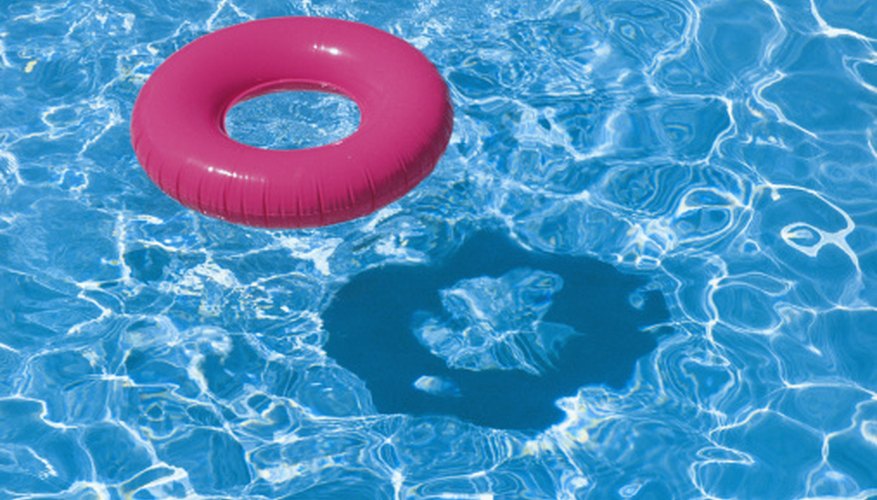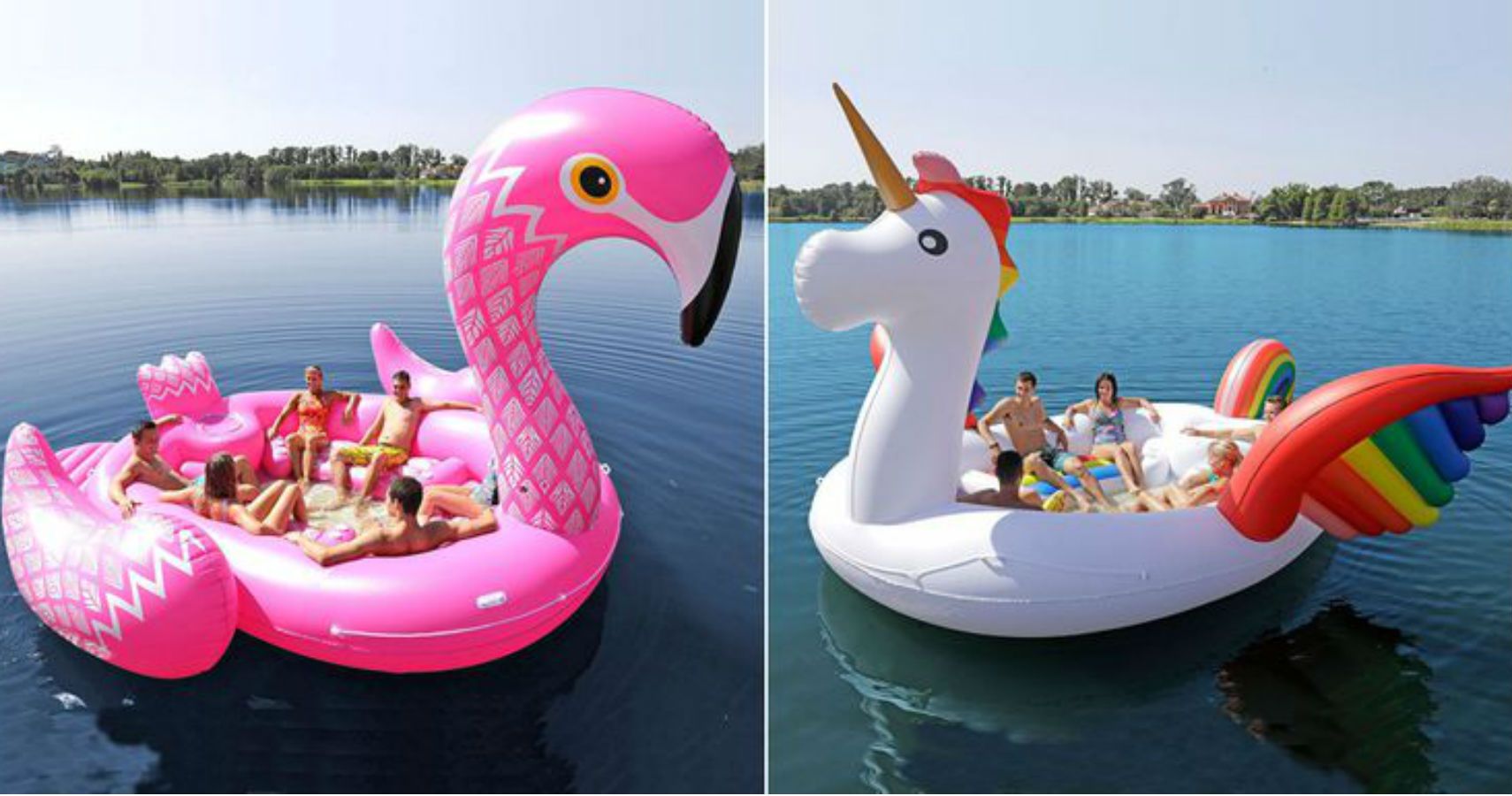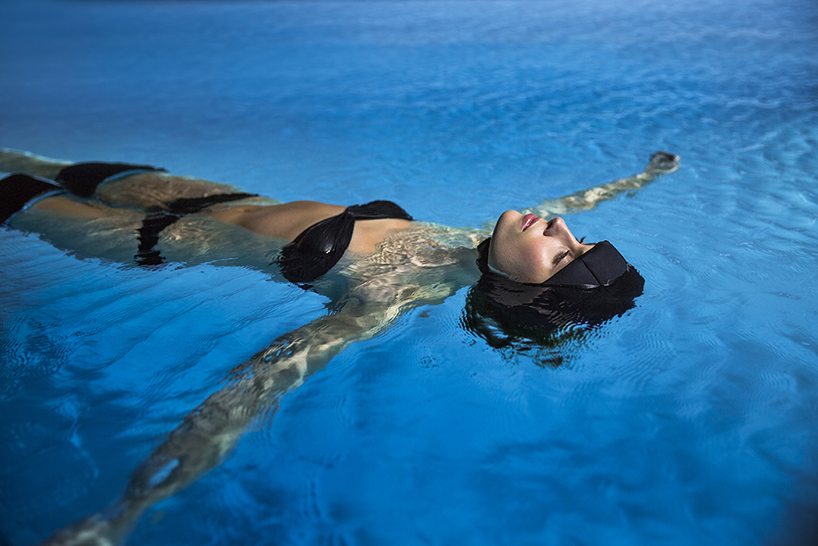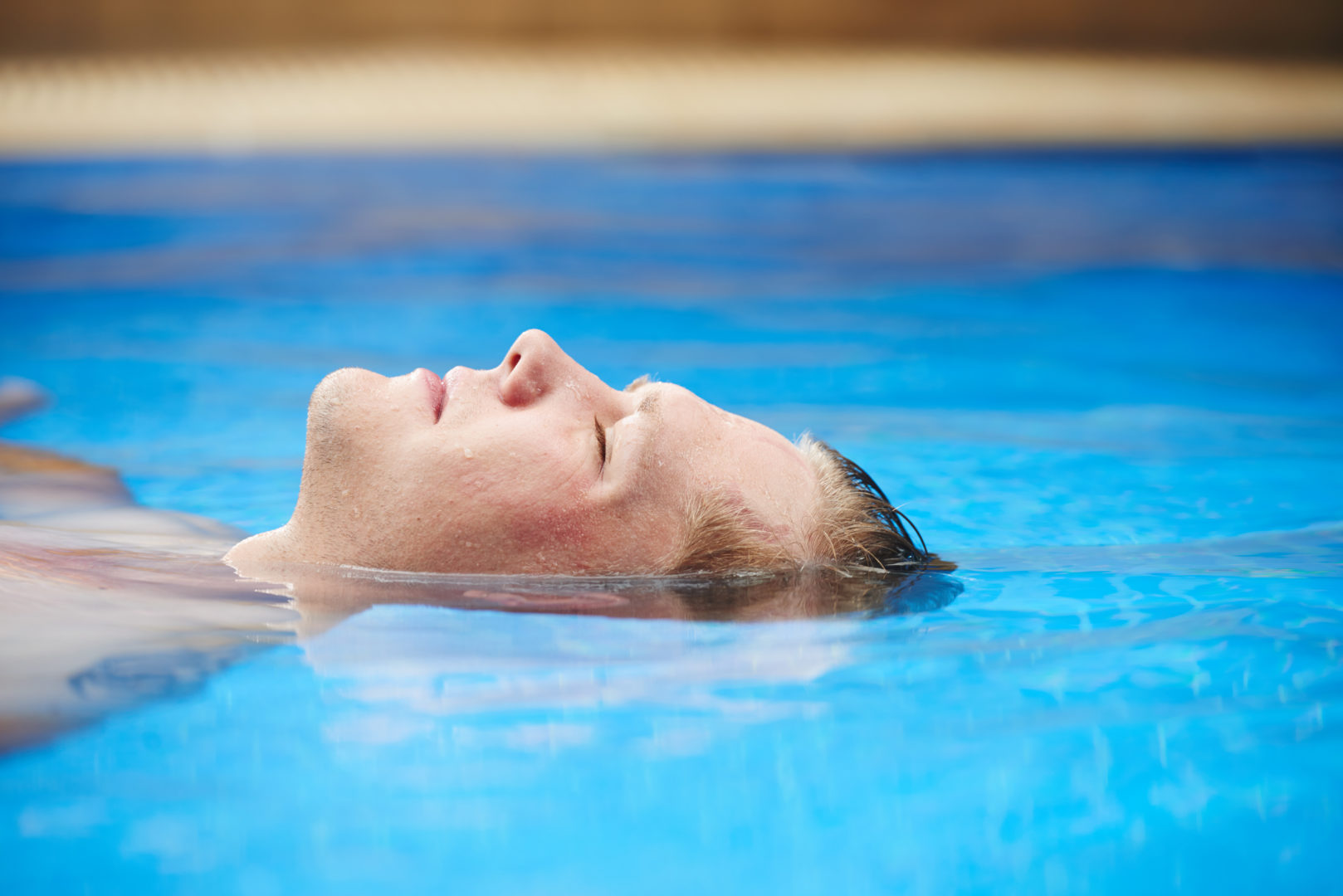
How to Make Things Float in Water Sciencing
Step 1: Blow Bubbles Out Your Nose Blowing bubbles may not seem like it'll help with floating, but trust us: it's important! To blow bubbles out your nose, try humming with your face in the water. Gently exhale and you should see some bubbles! Practice this a few times while standing in the shallow end of the pool or holding onto the wall.

This Giant Float Is A Party On The Water TheThings
Pull Buoy: Place it between your legs for extra buoyancy. Then remove it as you get more comfortable. Noodle: Similar to a pull buoy, but place it around the hips for added buoyancy and sense of safety. Snorkel: Using a snorkel will allow you to breath when floating on your front.

How to Float in Water Healthfully
Floating on your stomach- If you feel confident holding your breath underwater, try floating on your stomach first with your arms and legs extended outwards. The air in your lungs will help you float to the surface. Use a pool noodle- A pool noodle can also help you. Try putting it under your hips and it will raise them to the surface.

Floating on water standing up YouTube
Drop your head. This goes hand-in-hand with number 2. Relax your neck muscles so that your head can drop down. This will get your body into the full position needed for efficient floating and swimming. On your back: Let the head drop back so that the ears are right under the water. Look up towards the ceiling or sky.

How To Float Your Stress Away (PHOTOS)
1 Be comfortable in the water. To be able to float on your back without panicking, you should be calm and relaxed in the water, even if you're not an expert swimmer. You should learn how to float on your back in a swimming pool, not an ocean or a lake with waves.

Learn how to float in water, even if don't know how to swim. Bay of Life
How to float in water is the first thing everyone should learn before they go for more advanced swim techniques. Floating in the water is a survival techniqu.

How to Float for Swimming
My Vlog Channel: https://www.youtube.com/channel/UCS-N5xURBE1Wy-qcHlBeFfg My Website: www.christianwedoy.com

How to Float for Beginning Swimmers YouTube
Fill your lungs with oxygen on each breath - feel the air travel all the way down to the lower end of your lungs (near the bottom of your rib cage). Hold your breath for a short moment and feel yourself essentially weightless atop the water. Exhale and repeat. Improve Your Float Mechanics

LEARN HOW TO FLOAT IN WATER IN 5 STEPS FEEL SAFE ON THE DEEP END OF
Tip No matter how confident you are in your floating abilities, always carry a life jacket on any boating trip. 1. Survival Float According to the Navy Swimming and Water Survival Instructor's Manual, floating on your back — the most common way people like to float — only works in calm water.

How to Make Paper Boats that Float on Water? [Kids Guide]
1 Ensure the correct position in the water before starting the float. 2 Inhale before beginning your float. 3 Initiate the float the right way. 4 Properly align yourself in the water. 5 Move through the water. 6 Know how to end your float correctly. Basic Swimming Techniques: Floating The ability to float in the water is natural for human beings.

how to float in water YouTube
1. Take Up More Space Water can hold you, but you need to do your part so the water can do its job. You can't float if you're curled together or wrapped up. Stretch out your arms and legs as far as possible, and try to distribute your weight across the water. The more you spread out your weight, the easier it will be to float. 2.

float water therapy products emerge from icelands rich bathing culture
8 mins to read Floating is an essential component of swimming whether you want to swim for fun or sport, you must float! Most of us think of floating as we do while standing in a still position on the water's surface. Some of us float while others sink in any position in the water.

Learning How your Body Floats with Wallen Swim in Roseville & EDH
Ensure to drink enough water to avoid dehydration before and after water sports activities. - Stay horizontal: Keeping your body lengthened and horizontal is essential for proper floating technique. - Practice: Practice, patience, and perseverance are the perfect combination for conquering floating in water. Keep practicing to make.

Why do things float in water? Science Sparks
Step 1 - Location Swim to a location in the water that is deeper than you are tall to prevent your feet from touching the ground. Step 2 - Deep Breath Take a deep breath to fill your lungs with air. The more air you have in your lungs, the more buoyant you will be. Step 3 - Relax Allow your body to relax, with arms and legs hanging down.

How to Float in Water How To Swim For Beginners Important Survival
Step 1. Deep Breath. To begin to build confidence and get a feel for floatation, a swimmer should first find an area to stand in the shallow end of a pool where only their head is out of the water. Once a swimmer has found a sufficiently deep section of the pool, they should then take a deep breath, tilt their head backward, and lift their feet.

Learn How to Float in Water [6 Tips for New Swimmers] SwimJim
Learning to float on your back in the water is a key swimming skill. It's an important self-rescue technique, should the swimmer accidentally fall into a body of water. Learning to float helps to develop the swimmer's ability to relax, stay calm and breathe correctly whilst in the water. It also helps them to develop an understanding of.